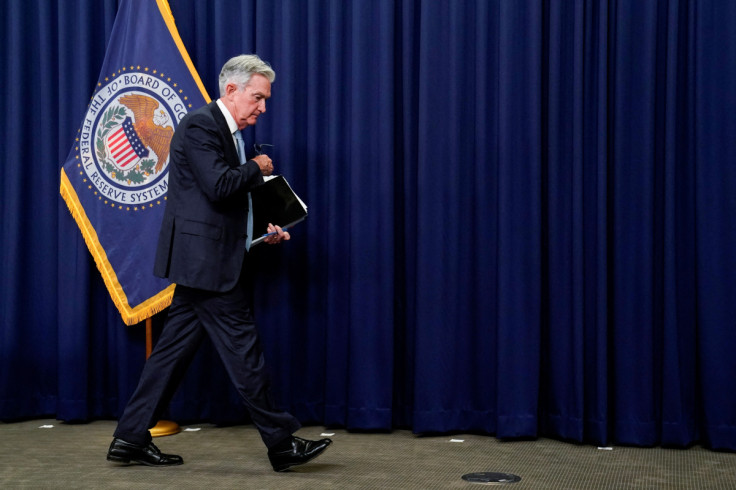3 Takeaways From The December FOMC Meeting

The December FOMC meeting is over, the policy statement is out, and Fed chair Jerome Powell has provided his views about the future direction of monetary policy for 2023.
Yet Wall Street has a hard time to figure out what the new policy means for stocks, bonds, and the dollar, as evidenced by the erratic performance of benchmark indicators for U.S equities, debt, and the dollar.
For instance, U.S equities dropped sharply following the release of the Fed's statement, then came back, regaining all the losses, before heading south again and eventually closing with moderate losses for the day.
Likewise, the U.S Treasury market sold off sharply following the release of the FOMC statement. Initially, the 10-year bond prices headed lower and yield higher before reversing course, with bond prices firming and yields closing slightly lower for the day.
A similar volatility pattern was observed in the currency markets, with the U.S Dollar Index (DXY) spiking following the release of the FOMC statement before coming down and closing lower for the day.
So, what did the Fed say about the direction of monetary policy for 2023? Here are a couple of key takeaways:
First, the fight against inflation remains the Fed's top priority, as it threatens household incomes and the nation's long-term growth.
Second, in continuing this fight, the Fed hiked short-term interest rates by 50-basis points, down from 75-basis points in the previous meetings, in line with market expectations. "This latest move now places U.S. monetary policy on a meaningfully tight footing, said Jason Pride, CFA, Chief Investment Officer - Private Wealth, Managing Director at The Glenmede Trust Company. "In theory, it should dampen demand and soften inflationary pressures in time."
Third, the Fed chair reiterated several times that the nation's central bank isn't done with hiking rates, citing a solid labor market fueling the risks of a wage-price spiral.
That's a big disappointment to investors hoping for a policy pivot, according to Robert R. Johnson, Ph.D., CFA, CAIA, Professor, Heider College of Business, Creighton University.
"Powell reiterated that the inflation fight has not been won and that the Fed will continue to tighten monetary policy and reduce the size of its balance sheet," he said. "The information that disappointed the markets was that the expected terminal rate of 5.1% is markedly higher than the terminal rate of 4.6% projected in September. "
Will these larger-than-expected rate hikes push the U.S economy into a recession? An inverted yield curve, with short-term maturity government debt yields well above the long-term government debt yields, has been predicting it for quite some time.
How serious will it be? Gus Faucher, Chief Economist at PNC Financial Service Group, thinks it will be mild, coming in the second quarter of 2023.
As for the direction of interest rates in 2023, PNC's December forecast calls for 25 basis point increases in the fed funds rate in the FOMC's first two meetings of 2023 (early February and mid-March), which would bring the rate to a range of 4.75% to 5.00%. "PNC expects the FOMC to keep the funds' rate in that range as the economy enters into recession and inflation slows," Faucher said. "PNC expects the FOMC to start cutting the fed funds rate in late 2023 as inflation moves back to 2%."
© Copyright IBTimes 2024. All rights reserved.




















